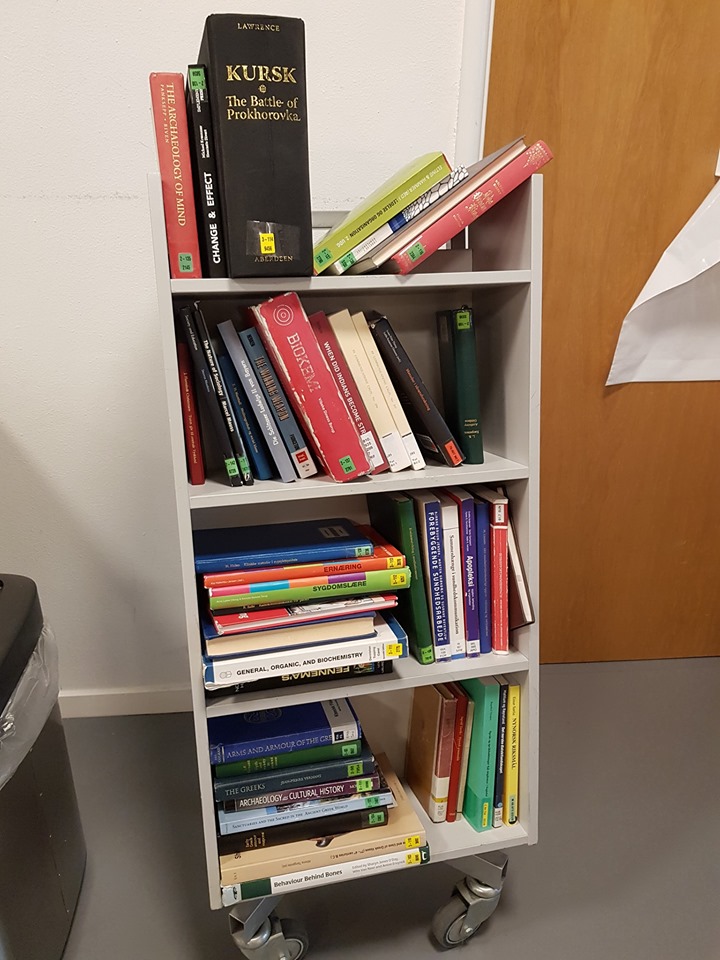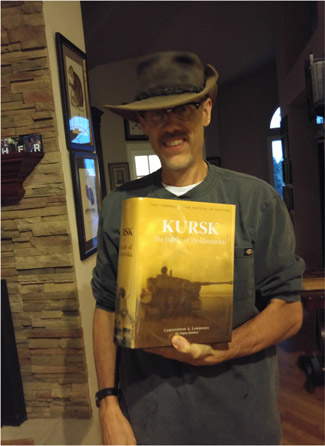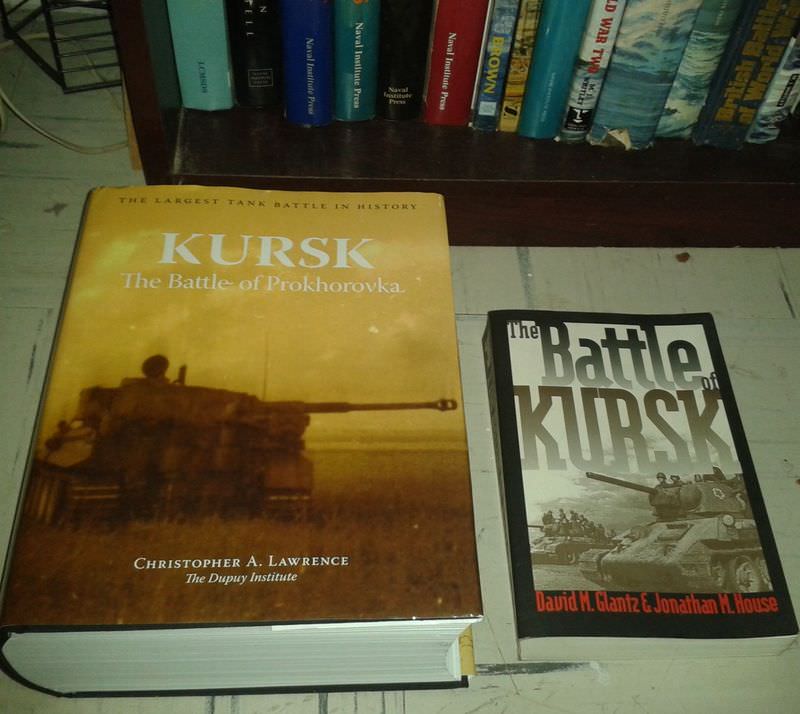Christopher A. Lawrence is a professional historian and military analyst. He is the Executive Director and President of The Dupuy Institute, an organization dedicated to scholarly research and objective analysis of historical data related to armed conflict and the resolution of armed conflict. The Dupuy Institute provides independent, historically-based analyses of lessons learned from modern military experience.
Mr. Lawrence was the program manager for the Ardennes Campaign Simulation Data Base, the Kursk Data Base, the Modern Insurgency Spread Sheets and for a number of other smaller combat data bases. He has participated in casualty estimation studies (including estimates for Bosnia and Iraq) and studies of air campaign modeling, enemy prisoner of war capture rates, medium weight armor, urban warfare, situational awareness, counterinsurgency and other subjects for the U.S. Army, the Defense Department, the Joint Staff and the U.S. Air Force. He has also directed a number of studies related to the military impact of banning antipersonnel mines for the Joint Staff, Los Alamos National Laboratories and the Vietnam Veterans of American Foundation.
His published works include papers and monographs for the Congressional Office of Technology Assessment and the Vietnam Veterans of American Foundation, in addition to over 40 articles written for limited-distribution newsletters and over 60 analytical reports prepared for the Defense Department. He is the author of Kursk: The Battle of Prokhorovka (Aberdeen Books, Sheridan, CO., 2015), America’s Modern Wars: Understanding Iraq, Afghanistan and Vietnam (Casemate Publishers, Philadelphia & Oxford, 2015), War by Numbers: Understanding Conventional Combat (Potomac Books, Lincoln, NE., 2017) and The Battle of Prokhorovka (Stackpole Books, Guilford, CT., 2019)
Mr. Lawrence lives in northern Virginia, near Washington, D.C., with his wife and son.






The old Lawrence Glantz clash is still a thing?
I almost choose not to use that last picture because someone would read something negative in it.
Hello,
I’m a proud owner of the bigger one. Although I understand your statement “(…) I gather a few people have actually read the entire book”, in my case I do want to read it. (Planning to read it sequentially, after Glantz 5 volumes of Stalingrad and Last Victory in Russia by Nipe. To give more context)
The major annoyance I have for this particular book is the shear weight which it prevents me for reading it right away, even consulting is troublesome. For all that matters, it is a book hard to physically handle Christopher, you can’t go around with it like other books and reading it on a table will ruin the spine. I’ve read your interview when the book was published stating it was a one of kind project published, for all the timings and efforts in Russia, but for us readers/buyers it would have benefited a lot if it had been published in 2 volumes. I for one wouldn’t mind paying extra and having it in 2 volumes, probably with bigger pages (text size) and having bigger more readable maps, maybe even exploring more of aerial photos. Even for you the author and the publisher would have more room to charge more or have a better take on each one.
Just one last question Christopher, is there any plans for you or DI to dive into any other battles with this kind of in-depth data? Your analysis of southern zitadelle is biblical and extremely detailed, without a doubt its one of kind book, which for the size and scope I only know Glantz Stalingrad series in terms of number of pages, although I think Glantz doesn’t take that extra mile of statistical analysis of others aspects of the battle (like the aerial battle) you went for in Kursk-Prokhorovka.
Would love to see this kind of approach in other events of WW2.
Cheers.
Ivo, probably going to take me a bit to answer all your questions, but let me get started:
Well, I did briefly consider doing it as two volumes….but the problem was where to split it. Probably between page 844-845, having the first book covering everything through the 11th of July, and the second volume picking up on 12 July. How many people would buy book two and not book one? I did not spend a lot of time considering that option.
There are three options:
1. The original book is almost sold out now, so do a reprint but split it into two books (maybe with larger print). Not sure how many of these two books would sell and whether we would sell as many of book one as book two. Not sure how much of a market is left.
2. Do a second edition, and split it into two books. Creating a second edition is going to take some time and not sure how much of a market is left.
3. Do four books from the original book. This I have already started with my new Prokhorovka book and the completed, but not contracted for, Aces at Kursk book. Now, I could created two more books from the original book….1) Tolstoye Woods and 2) The Belgorod Offensive. This would produce four books covering what I covered in the one book. The problem is that my Prokhorovka book is not on the Times best seller list (yet) and I fear that the third and fourth book in that series would do much worse. Is there a market for it and is there enough people interested in purchasing them to justify these last two books in the series? I am not sure.
OK. let me answer the rest of this:
It was in many respects a one-of effort, the first and only time anyone was able to systematically analyze a campaign on the Eastern Front from day-to-day at division level based upon primarily the unit records. Now….we realized we had a unique capability with our research teams and at the end of the Kursk Data Base project we tried to see if there was any interest in funding us to continue such research (maybe into August 1943). We could not find the interest (read: funding) and disbanded our research teams. I felt DOD and the U.S. Army was short-sighted on this.
But….we did not give up on this totally. Because we did a series of three urban warfare studies in 1999-2001 I ended up collecting detailed unit records of the German and Soviet units fighting in and around Kharkov in February 1943, March 1943 and August 1943. This research was limited to the fighting around Kharkov, so it does not map out the entire campaigns involved in each, but does provide some daily division-level actions for the period when they were actually fighting in and around the city. So, it would be possible to create two or three books on the Battles of Kharkov covering the entire operation and covering the fighting around the cities in considerable depth. It would not be as extensive as my Kursk book, but still would track a series of division-level engagements in and around the city. Should I spend the next year or three doing these one or two? Is there a market for it?
Also, we were going to do a contract on Stalingrad until it was washed out by Hurricane Katrina (I do have a blog post on this). I later had a chance to assemble a considerable collection of Soviet unit records on Stalingrad, even though we had no contract in hand. The units records are stored in my files. I have never even taken the time to catalog them, as they arrived when I was busy with a number of other paying projects. So, I do have the ability to do this for parts of, if not most, of the Stalingrad battle, but I have not even systematically reviewed the data. This would probably take at least a couple of years to do through.
So, there is more than I can do. The question is, should I do it? Is there enough interest in a proper accounting of the actions around Kharkov in February, March and August of 1943? Is there an interest in a detail statistical assembly of the day-to-day fighting in Stalingrad in light of all the material that had been written about Stalingrad.
One final response:
I would to. It is why I rather obsessively assembled the detailed accounts, including some 192 engagement sheets, for my original Kursk book (there are 76 engagement sheets in the Prokhorovka book). It is why I took the time to assemble division-level engagements for the three battles around Kharkov in 1943 and arranged to obtain the Soviet unit records from Stalingrad even though I had no contract in place. I also have a database of 752 Division-level engagements from 1904-1991 that we have been assembling over the years.
I do believe that there would be considerable value to the U.S. Army, to its historical studies, to its operations research community, and to its modeling and simulation community to systematically assemble the all the division-level engagements of the U.S., UK and allied armies from November 1942 through June 1944….and to do the same from the southern part of the Eastern Front from August 1942 to at least August 1943. There is a lot that could be learned from the hundreds of division-level engagement fully mapped out based upon unit records. Such an effort would require a dedicated group of at least a half dozen researchers working for several years (decade or more). To date, no one had ever considered funding such an effort. It is not cheap, but compared to the entire defense budget, it is something that could have been funded it there was an interest to. There clearly is no such interest.
Quite simply, doing something to the same depth as I did with Kursk is almost beyond the reach of any single scholar or team of scholars. We had between 3 to 12 people working on this project for a period of three or so years. While I did most of the German research, we had a separate Russian research team of 2 to 6 people at various times, we had two German translators as contractors, we had a full-time Russian translator on staff, and several TDI staff working directly on this database for an extended time, and various other administrative and support personnel. I do not think I will ever have the budget again that I did for the Kursk Data Base or the Ardennes Campaign Simulation Data Base.
… Picking up on your 3 replies. Christopher, there is always market share for above average books, and definitive account books. Having this kind of in-depth is rare. Take for example Stalingrad… There’s dozens if not hundreds of books written on it… But Glantz in-depth series created its own space. And its not a perfect series. It as some nagging issues with maps, scarce images and devoid of any aerial imagery, which for Stalingrad is widely available and a juicy addition. But it became “the” reference on the Stalingrad campaign as a whole, at least regarding land warfare. I think he doesn’t delve in the air battle. So, having (your) research that sheds light on unavailable issues or not seen content is always a deal pusher.
The issue imo here is price… I frequent several blogs and groups and there are a lot of people really interested in these subjects, but who simply can’t afford a book above 90$ much less a 200-250$ book. So besides other technical details about publisher and printer, take this into consideration.
Another point.
As research material becomes more available and broader subjects become more and more definitely closed… I find there’s a new market tendency to funnel new subjects about WW2 into more detailed, more specific events, with smaller time frames. And there are pretty good material being published. Exquisite research and extremely detailed accounts. Take for example Leaping Horseman books. They have a really narrow theme but with a wealth of detail and in-depth, not normally seen. Take Besieged-Battle for Cholm
or;
Into Oblivion and Island of Fire that follow in great detail some specific sub-battles or units inside the battle of Stalingrad. They take very well detailed subject (glantz) and go a step further. Do they sell? Of course they do. They are investigative work at its finest and the authors are very well known and with some deserved pedigree. This is a market trend which I think will grow. And your proposals for a in-depth look at Belgorod Offensive and Tolstoye are, for me, spot on. Just to give another take on Kursk… and the North attack. There aren’t much info available… sure it wasn’t so interesting as the south, so what? There is this book: Objective Ponyri! (…) by Martin Nevshemal that is a gem to behold. Although more of a visual book than historic thesis, it is nonetheless a one of kind. It just uses aerial photos to explain the events and man… its a gorgeous book… big pages, fine printing… morning and sometimes afternoon imagery… You the reader feel almost you’re inside the battles taking place around Ponyiri! It is surely one of the latest books sill without justice. But surely there is room for an in-depth look at the north salient.
Regarding your unearthed gems about early ’43 events. If you find you can add some new value and new conclusions on the Kharkov battles, go for it. There’s your market. Regarding those battles on the fallout of Stalingrad, there are not many books, (I can just think on 2-3 really good books, one from George Nipe, another from Glantz(with the same issues of most of Glantz books) and a new one of 2018 from Aleksei Isaev.
For me the enthusiastic reader… I just add, please don’t leave those researches to die out! 🙂
Not wanting to get too lengthy… Just another point regarding your use of maps. I went to check your maps on Kursk. I do understand that using original maps is foremost a valued primary source. But take into consideration that most of times, those maps were huge in (real) size. Having them shrunk into a A5/B5 format and most of times B&W turns them totally unreadable. (Glantz issue). I’ve checked your use of maps, even making them into foldable pages doesn’t solve the problem. Having a Russian map (cyrillic towns, unit designation-russia style) on a page and a totally different style (different unit designations, movements, etc) german map, 15 pages later, doesn’t add value it takes value from a book. As for we, the readers, do take these details into consideration. Having clear maps, we trust the author supervised those new maps. Of course for the author, its troublesome and its another sizeable cost… sure it is. But having well laid out uniformed maps adds real value to a book.
Happy researches…
Ivo,
Not sure if you have been in and around the publishing business, but right now, I am trying to line up a publisher for Aces at Kursk….and this is taking some effort. Let me respond to your message point-by-point:
There may be a market share but it has to be large enough to justify the expense of book preparation and book publication. So far only one of my four published books has made any significant sales. They are all very unique, each with data and analysis that has not been seen before. Yet, most of these books do not make a profit for me and I am guessing have also not done so for my publishers.
But if no one is making a profit at the current prices, then how do they make a profit at lower prices? In the end, if the books do not make a profit, then how do we continue to be able to publish them?
Right now I do not have a publisher for Aces at Kursk. This is not an obscure subject (as many famous people are involved). So I have my doubts about how well another two books on Kursk will do.
But I don’t have the detailed Soviet records for the north salient. So there would be a significant research effort required.
I am not sure I will do them (the books on Kharkov in February, March and August 1943). It will, of course, take some time, and…..again, I am not sure there is much of a market.
Well, I forget how many Russian maps are in my Kursk book. It is over two dozen. How many man-weeks does it take to translate these maps, have a graphic artist then redraw them, and then go through the multiple rounds of editing that these things always require? I added three new maps to my new Prokhorovka book (pages 317, 321, 543). They were very simple maps, yet they took some time. I was going to add six new maps to the book, but the other three were so complex that we did not attempt them. There are well over 100 listed maps and graphics in my original book. How many man-years of my time would it take to clean them all up? In the meantime, I am not researching or writing on anything.
So yea, there are many things I could do better for formatting, graphics and presentation, but I do not know how to do that without spending considerable time on it. Where is my time best spent?
Christopher this may be of interest what are your views
https://www.bbc.co.uk/news/world-europe-48963295, Ben Wheatley, analysed German Luftwaffe aerial photos of the Prokhorovka battlefield, which has caused a stir with the Russian Government
That’s because Ben Wheatley’s analysis is not an analysis.
The pictures are of too low resolution to discern anything useful, the info the author gives is nothing new and has been well known since the opening of the Soviet archives, and the aerial photographs compared to the current day situation have already been done in the past.
It reads like a “found some aerial photographs, compare it to the info in a couple of books I own, ‘jesus toast’ it, and BAM: another publication for my resumé!”
The facts are out there and recognized by all parties. What angers the russians is that the massive sacrifice at Kursk is projected as a defeat, rather than a victory.
It’s like russian would be calling D-Day a defeat, instead of a victory: It just depends on how you look at it.
Vincent
Totally agree, my first look at Citadel was Thunder at Prokhorovka. A Combat History of Operation Citadel, Kursk, July 1943 by David Schranck back in 2013, which has more detail, particularly references to the repair units clearing the German Armour. Prokhorovka is like Goodwood it is important to look at the Strategic result and what was achieved for the overall result of the Battle.
David,
Thanks. I will probably make a couple of posts next week addressing the subject.
Chris
Christopher thank you, I have the article, which I have yet to read. I want to understand how the which tanks of what type were identified.
I have copies of the Totalize photographs, without knowing Wittmanns tank was the one with blown off turret it would near impossible to identify.
Yes, I was also sent a copy of the article.